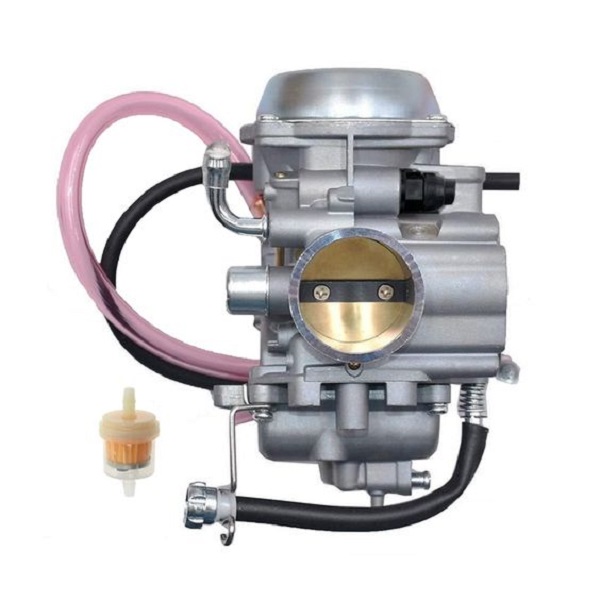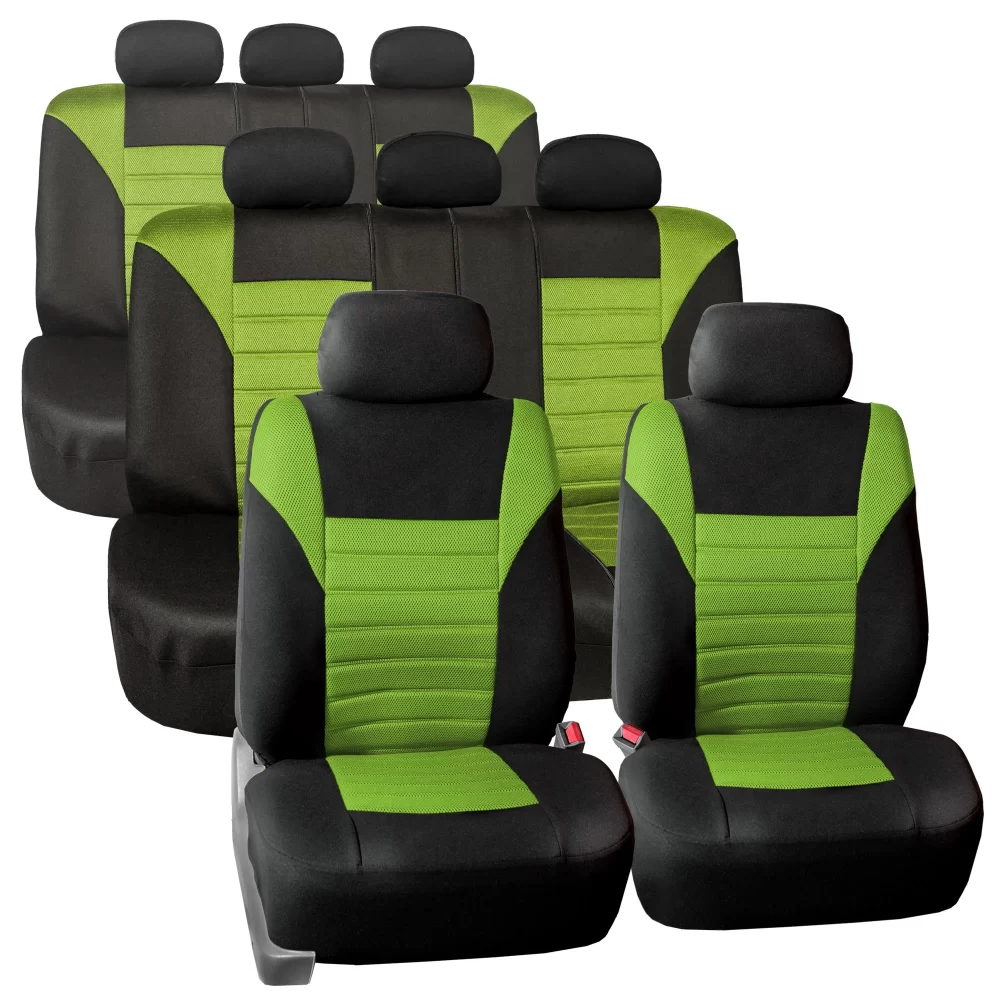When it comes to convenient travel, cargo space can be a game-changer, especially for adventurers or those who frequently transport goods. Rear luggage carriers provide an excellent solution for expanding your vehicle’s cargo capacity without compromising passenger comfort. Whether you’re planning a road trip, carrying gear for outdoor activities, or simply need extra storage for everyday errands, rear luggage carriers offer the flexibility and practicality you need. This comprehensive article will delve into the features and benefits of rear luggage carriers, explore the different types available, and provide detailed installation tips to enhance your travel experience. By the end, you’ll have all the information necessary to choose the right rear luggage carrier for your needs.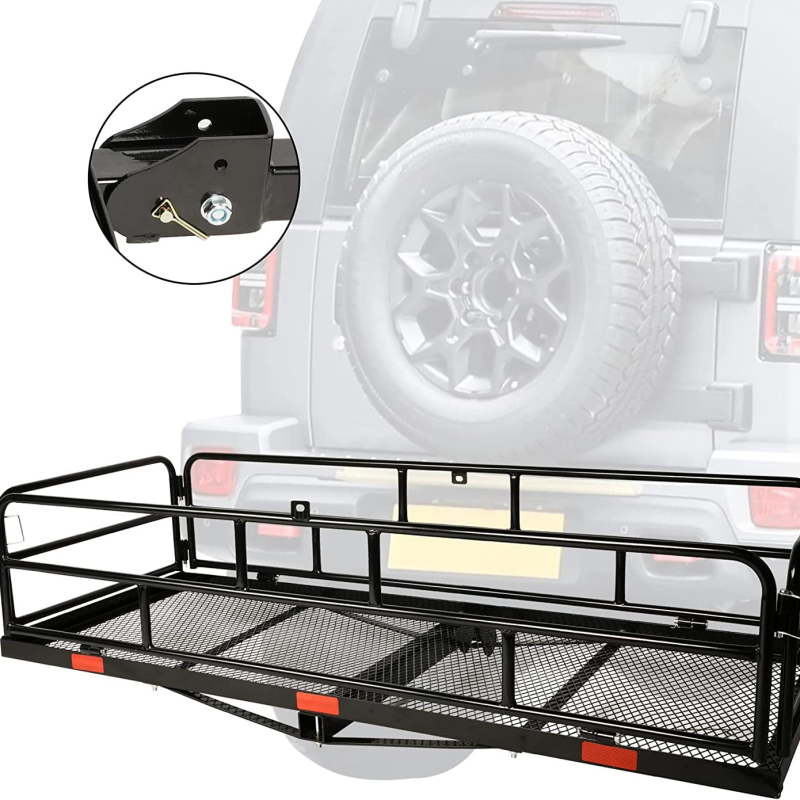
Understanding Rear Luggage Carriers
What Are Rear Luggage Carriers?
Rear luggage carriers are external storage devices designed to be mounted on the back of vehicles, typically on a trailer hitch or roof rack. These carriers provide additional space for hauling cargo, making them highly useful for travelers, outdoor enthusiasts, and anyone needing extra storage.
Types of Rear Luggage Carriers
- Hitch-Mounted Carriers: These carriers attach directly to the vehicle’s hitch. They typically come in various sizes, accommodating different cargo capacities.
- Roof-Mounted Carriers: Installed on the roof, these carriers free up space while providing easy access to cargo. They work well for transporting larger items such as bikes or kayaks.
- Trunk-Mounted Carriers: These carriers attach to the rear trunk or hatchback using straps and hooks. They are often used on smaller vehicles where hitch or roof racks aren’t an option.
Construction and Materials
Most rear luggage carriers consist of durable materials designed to withstand outdoor elements. Common materials include:
- Steel: Provides strength and stability, making it excellent for carrying heavy loads.
- Aluminum: Lightweight and resistant to rust, aluminum carriers offer good strength-to-weight ratios.
- Plastic and Composite Materials: These materials are often used for lighter carriers. They can resist moisture and UV rays, making them suitable for varied environments.
Benefits of Using Rear Luggage Carriers
Increased Cargo Capacity
One of the most significant benefits of rear luggage carriers is the substantial increase in cargo capacity. Whether you’re packing for a family vacation or transporting athletic equipment, these carriers allow for the additional space needed without overcrowding the vehicle interior. This expansion makes long trips more comfortable and organized.
Versatility
Rear luggage carriers offer remarkable versatility for different kinds of loads. You can use them to transport bicycles, skis, camping gear, or even a small trailer. Their adaptability makes them suitable for a wide range of activities and travel plans, accommodating your unique needs.
Easy Access
Unlike some internal storage solutions that require you to unload the vehicle to access different items, rear luggage carriers provide easy access to your gear. You can reach for what you need without disrupting the contents of your vehicle, making it convenient during stops along your journey.
Improved Organization
When you use rear luggage carriers, you create a designated space for specific items. This organization can help reduce clutter inside your vehicle and streamline packing for trips. Having everything neatly stored away can significantly enhance your traveling experience.
Cost-Effectiveness
Investing in a rear luggage carrier can be much more cost-effective than upgrading to a larger vehicle with built-in storage. You not only save money, but you also maintain the convenience of your current vehicle while gaining the extra space needed for trips.
Choosing the Right Rear Luggage Carrier
Assessing Your Needs
When searching for the right rear luggage carrier, assessing your specific needs is essential. Consider the following factors:
- Type of Cargo: Determine what items you plan to transport. If you’ll be carrying bicycles, a hitch-mounted bike carrier may be ideal. For general luggage or gear, a larger cargo carrier will work better.
- Vehicle Compatibility: Ensure the carrier you select is compatible with your vehicle’s make and model, including hitch or roof rack specifications.
- Capacity Requirements: Evaluate how much weight you’ll need to carry. Check your vehicle’s maximum towing capacity to avoid overloading.
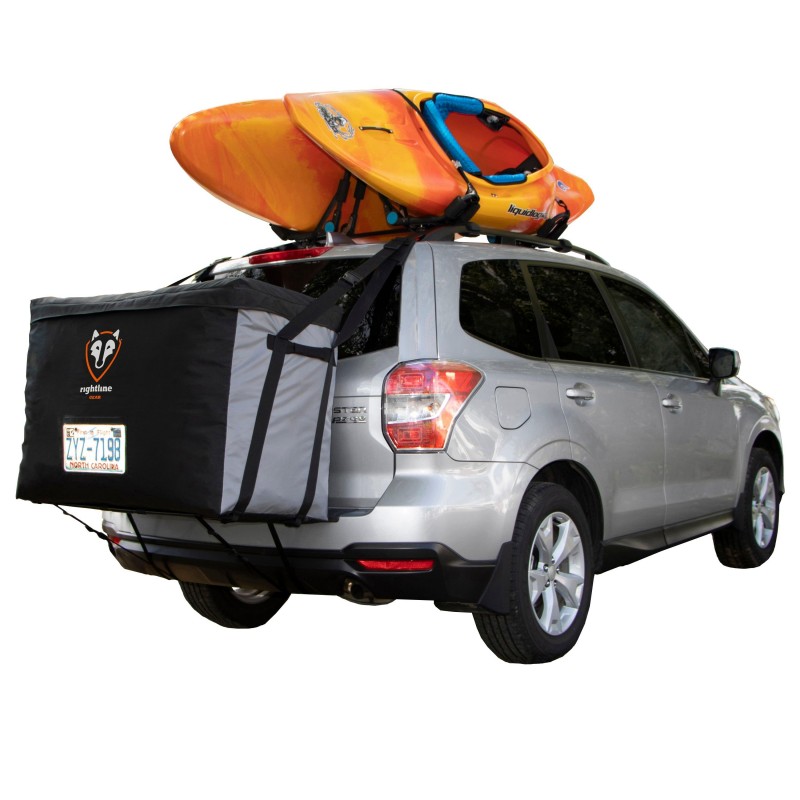
Material and Construction Quality
Evaluate the carrier’s material and construction for durability. If you anticipate exposure to harsh conditions, choose a material like aluminum or rust-resistant steel. Look for carriers with reinforced frames to withstand heavy loads.
Price and Warranty
While cost shouldn’t be the sole factor in your decision, it plays a critical role. Research various brands and models, considering durability, features, and user reviews. Additionally, check if the carrier comes with a warranty to safeguard your investment.
Additional Features
Some rear luggage carriers come with added features that improve usability:
- Folding Capability: Carriers that can fold up when not in use save space and minimize disruptions.
- Cargo Straps and Nets: Some models include accessories for securing cargo, providing peace of mind during transport.
- Integrated Lighting: If you plan to use the carrier in low-light conditions, consider models with built-in lights to enhance visibility.
Installation of Rear Luggage Carriers
Tools Required
Before starting the installation, gather the necessary tools. Common tools needed for installation include:
- A socket set
- Wrenches
- Screwdrivers
- Torque wrench (if applicable)
- Safety gloves and goggles
Step-by-Step Installation Guide
1. Read the Instructions
Before beginning, carefully review the installation manual provided with your carrier. Each model has its specific steps, and understanding these instructions is critical for a successful installation.
2. Prepare the Vehicle
Ensure that your vehicle is parked on a flat surface, and the area surrounding the hitch or roof rack is clear of debris. This preparation will facilitate a safe and straightforward installation.
3. Attach the Carrier
For hitch-mounted carriers:
- Locate the hitch receiver located at the rear of your vehicle.
- Align the carrier’s shank with the receiver and insert it securely, ensuring it fits snugly.
- Use bolts, nuts, or pins as specified by the manufacturer to secure the carrier.
For roof-mounted carriers:
- Position the carrier on the roof rack, ensuring it aligns properly.
- Tighten any screws or clamps to secure the carrier in place.
4. Double Check Connections
After installation, examine all connections to ensure they’re secure. Make sure there are no loose elements that could compromise safety while driving.
5. Test the Carrier
Before embarking on a long journey, perform a test by briefly driving with the carrier attached. Pay attention to any noises or movements that might indicate improper installation.
Safety Considerations When Using Rear Luggage Carriers
Weight Distribution
Proper weight distribution within the carrier is vital for safe travel. Ensure that you evenly distribute weight across the carrier and avoid overloading it, since this can affect handling and stability.
Regular Maintenance Checks
After clamping down on your carrier:
- Examine it regularly for any signs of wear or damage. Look for cracks, rust, or loose fittings.
- Check that all bolts remain tight and that the carrier securely attaches to the vehicle.
Obeying Local Laws and Regulations
In many regions, local laws may dictate specific guidelines for using rear luggage carriers. Be aware of any additional signage or lighting requirements, as well as weight limitations that might apply in your area.
Visibility Requirements
Ensure that your carrier does not obstruct your vehicle’s taillights or license plate. If it extends beyond the vehicle’s width or height, consider adding reflective tape or additional marker lights to maintain visibility.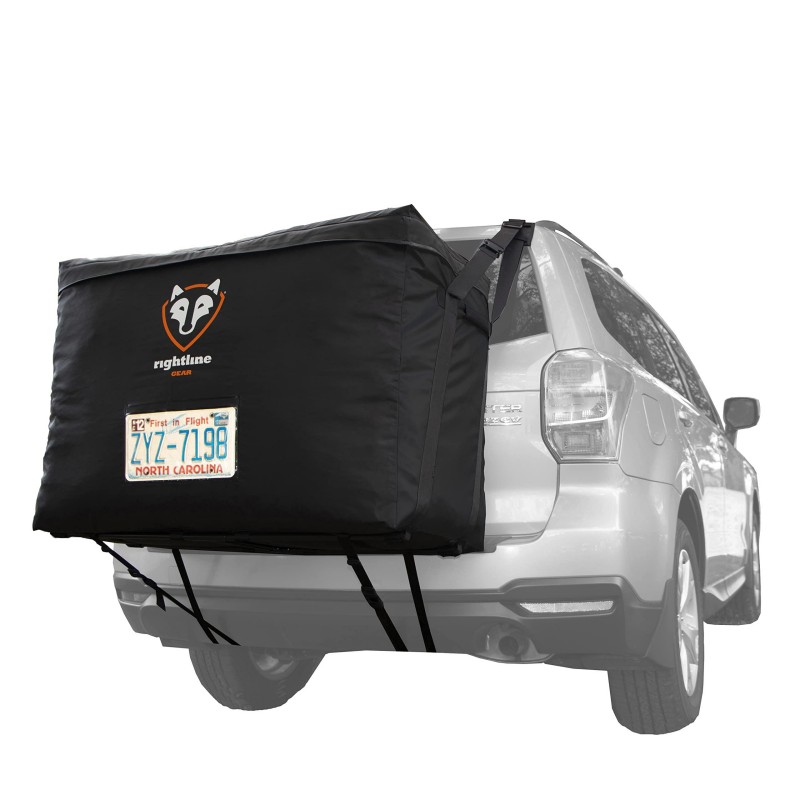
Conclusion
Understanding where rear luggage carriers fit in your transportation needs is essential for maximizing convenience and efficiency while traveling. These carriers offer a practical solution for expanding cargo capacity without compromising passenger comfort. By choosing the right carrier, installing it correctly, and ensuring regular maintenance, you can enjoy worry-free journeys whether for daily errands or adventurous getaways.
Moreover, acknowledging factors such as material quality, vehicle compatibility, and safety guidelines add to the value of your investment. Consumers who prioritize these elements can select rear luggage carriers that meet their expectations and enhance their driving experiences.
As you explore the options available on the market and decide on the best solution for your vehicle, keep in mind that a well-fitted and robust rear luggage carrier can significantly elevate your travel experiences. With proper care and attention, you can ensure that your carrier serves you well for many years to come.

